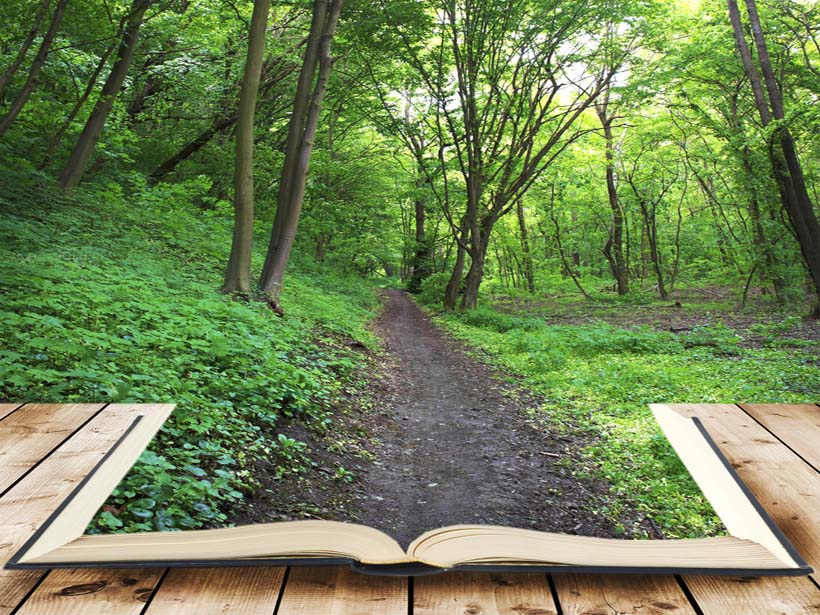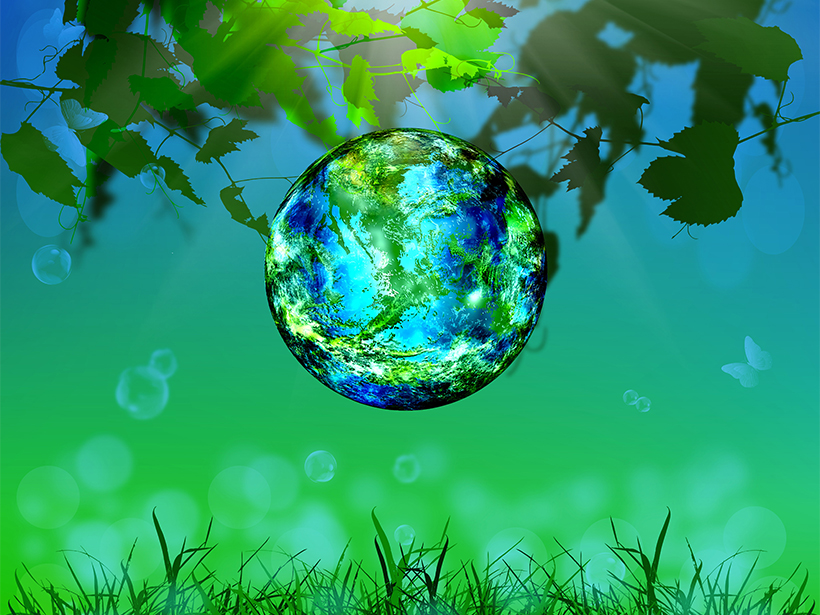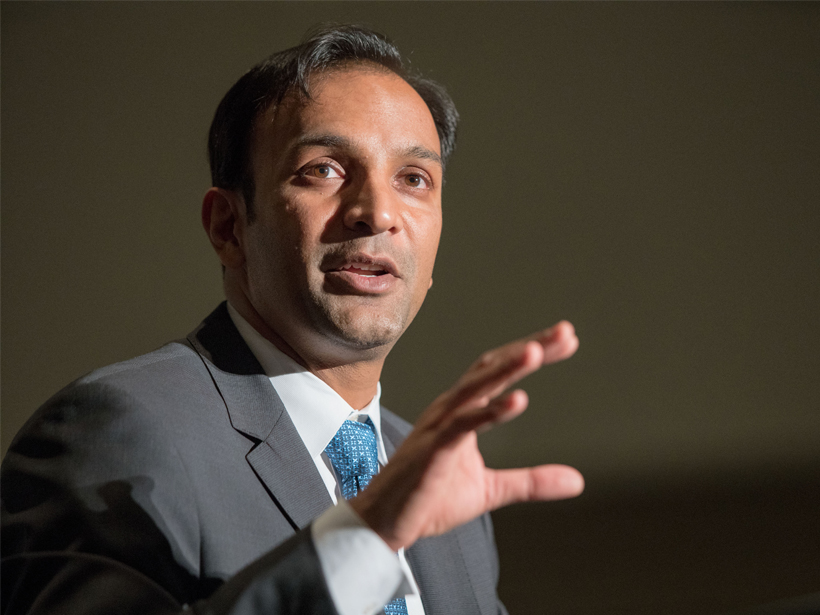Legacy words and the search of a new human-environment dynamic
science communication
The Proof of Our Science Lies in the Telling
Communicating our science for the benefit of society
After the Climate Agreement in Paris
The climate agreement in Paris is an essential multilateral commitment to mitigating the effects of climate change, and the scientific community is key in supporting that commitment.
New NOVA TV Show Explores Coevolution of Rocks and Life
Mineralogist Robert Hazen and other scientists probe connections between living organisms and rocks in "Life's Rocky Start," which premieres tonight on PBS stations around the United States.
Sandi Doughton Receives 2015 David Perlman Award for Excellence in Science Journalism – News
Sandi Doughton received the 2015 David Perlman Award for Excellence in Science Journalism – News at the AGU Fall Meeting Honors Ceremony, held on 16 December 2015 in San Francisco, Calif. The award recognizes "a journalist for a news story or series in any medium except books that makes information about the Earth and space sciences accessible and interesting to the general public."
Douglas Fox Receives 2015 Walter Sullivan Award for Excellence in Science Journalism – Features
Douglas Fox received the 2015 Walter Sullivan Award for Excellence in Science Journalism – Features at the American Geophysical Union Fall Meeting Honors Ceremony, held on 16 December 2015 in San Francisco, Calif. The award recognizes "a journalist for a feature story or series in any medium except books that makes information about the Earth and space sciences accessible and interesting to the general public."
Andrew C. Revkin Receives 2015 Robert C. Cowen Award for Sustained Achievement in Science Journalism
Andrew C. Revkin received the 2015 Robert C. Cowen Award for Sustained Achievement in Science Journalism at the American Geophysical Union Fall Meeting Honors Ceremony, held on 16 December 2015 in San Francisco, Calif. The award recognizes "a journalist or team of journalists who have made significant, lasting, and consistent contributions to accurate reporting on the Earth and space sciences for the general public."
Holly Gilbert Receives 2015 Athelstan Spilhaus Award
Holly Gilbert received the Athelstan Spilhaus Award at the 2015 American Geophysical Union Fall Meeting Honors Ceremony, held on 16 December 2015 in San Francisco, Calif. The award honors an individual "for their enhancement of the public engagement with Earth and space sciences."
White House Data Chief Stresses Benefits of Better Communication
DJ Patil urged scientists to make better use of their data to persuasively communicate findings to broad audiences. Some of the best data scientists work in Earth and space sciences, he added.
Tall Order
A cartoonist wrestles with the Fall Meeting scientific program in search of amazing science to inspire drawings on new findings presented at the meeting.






